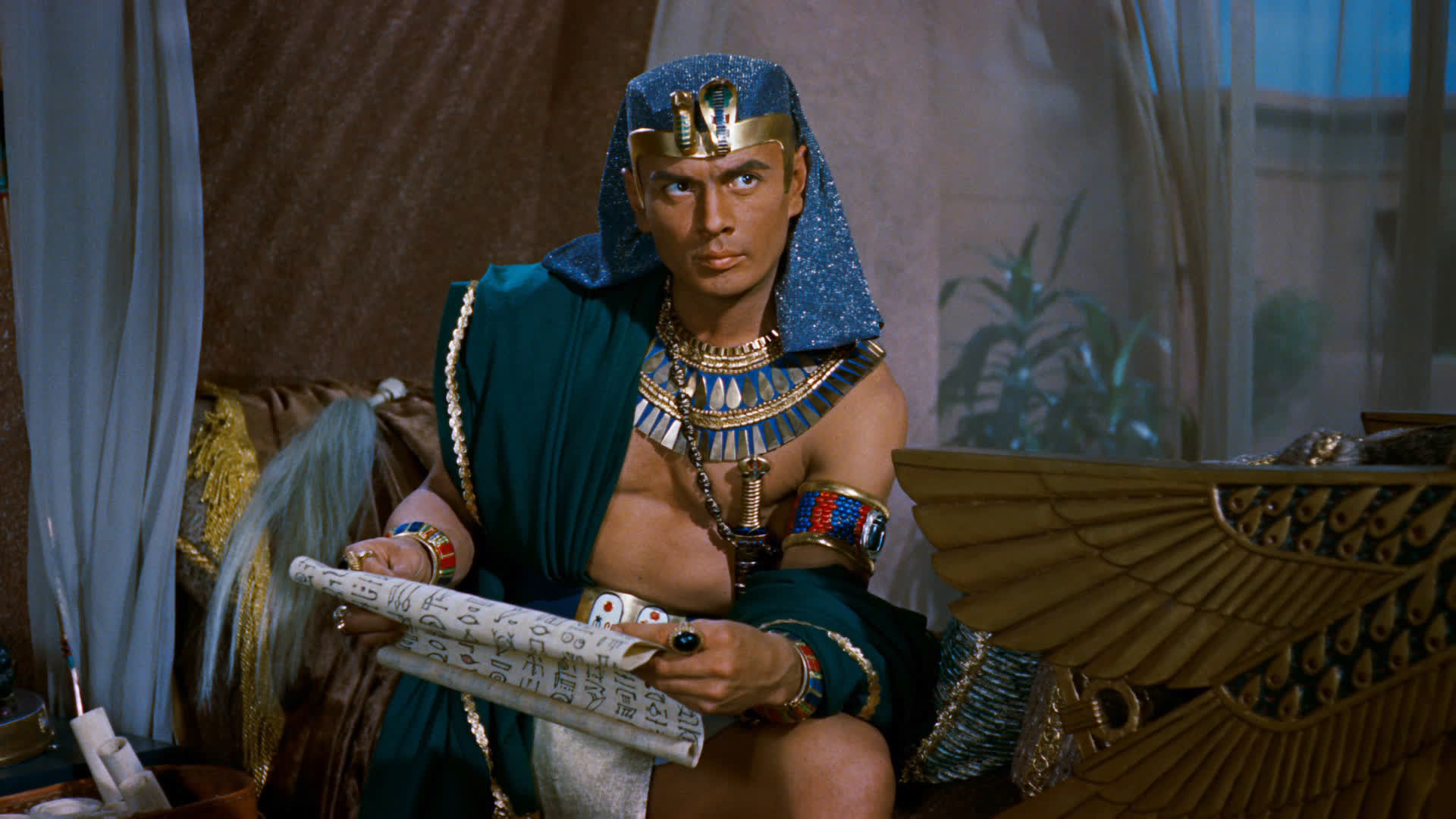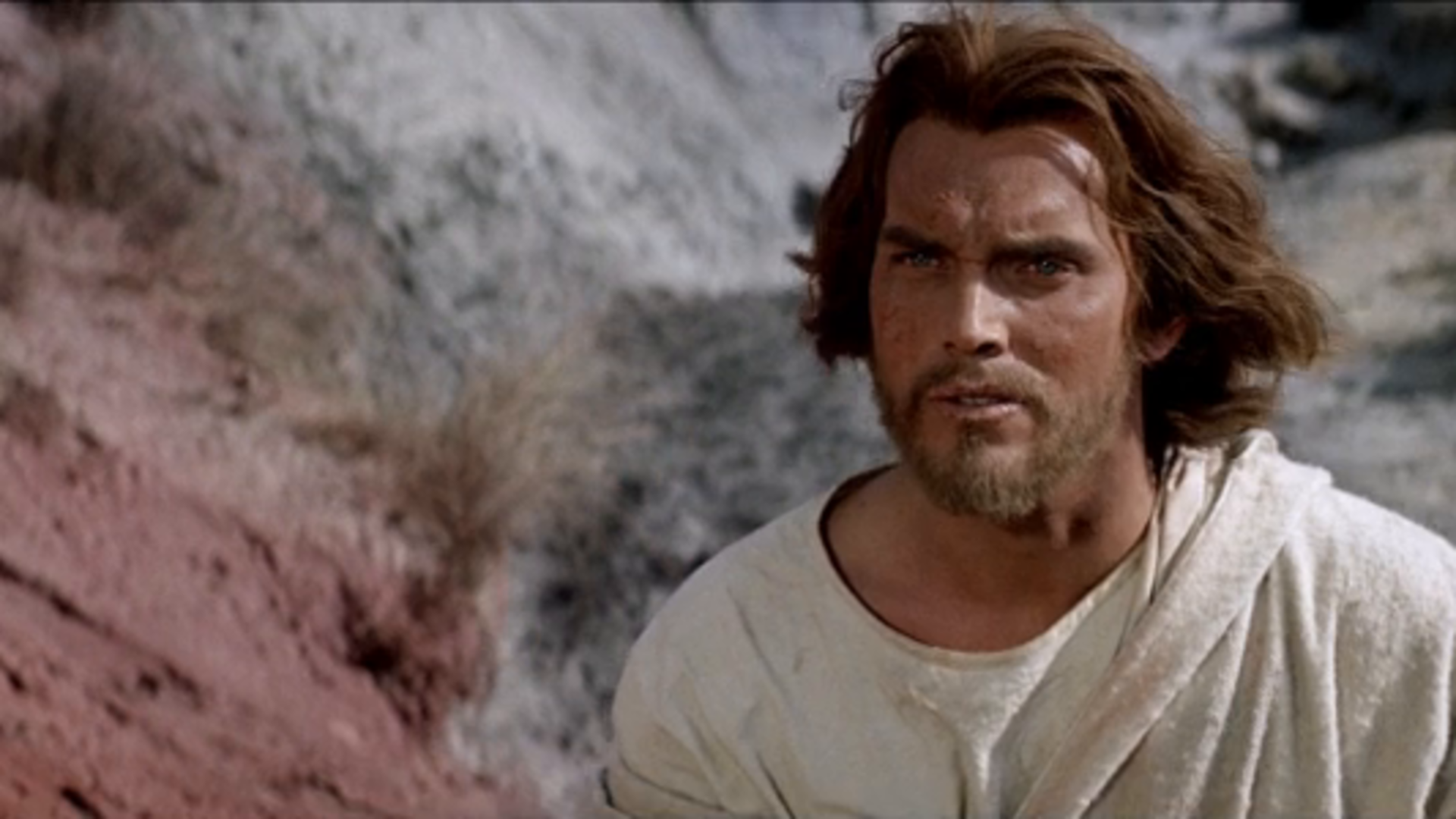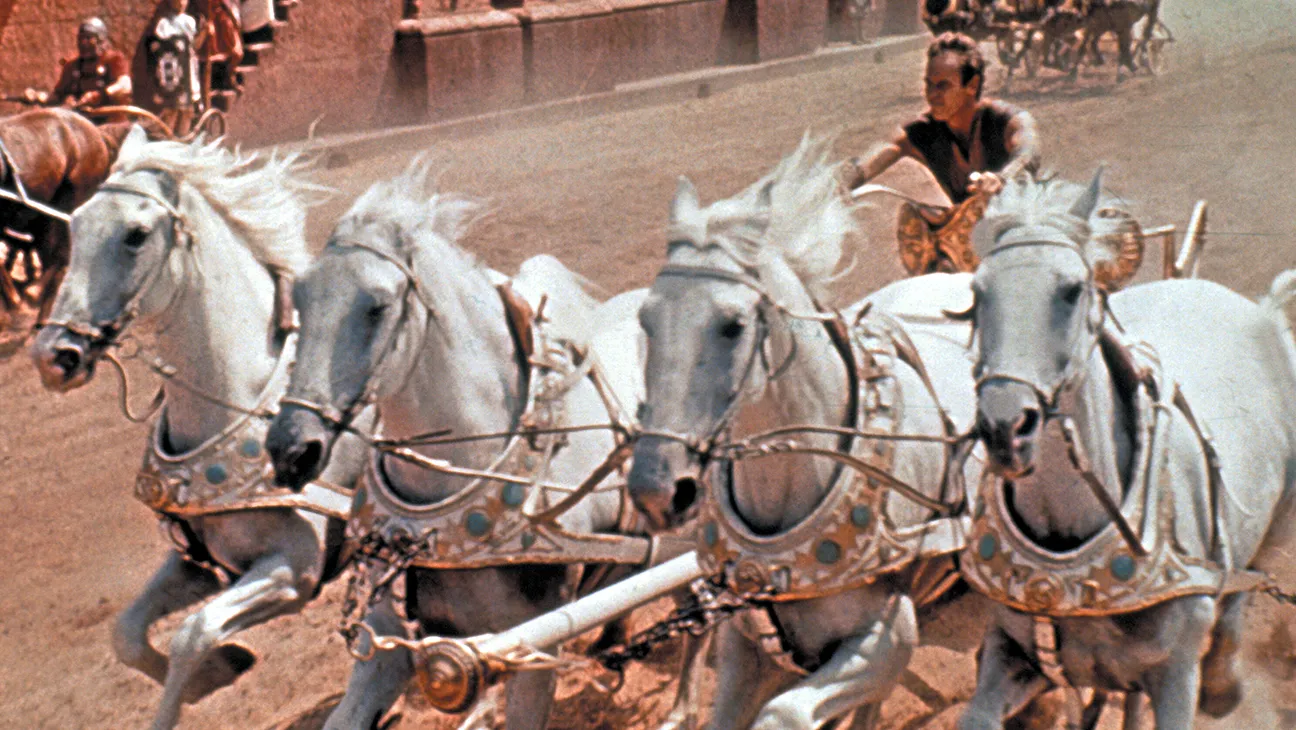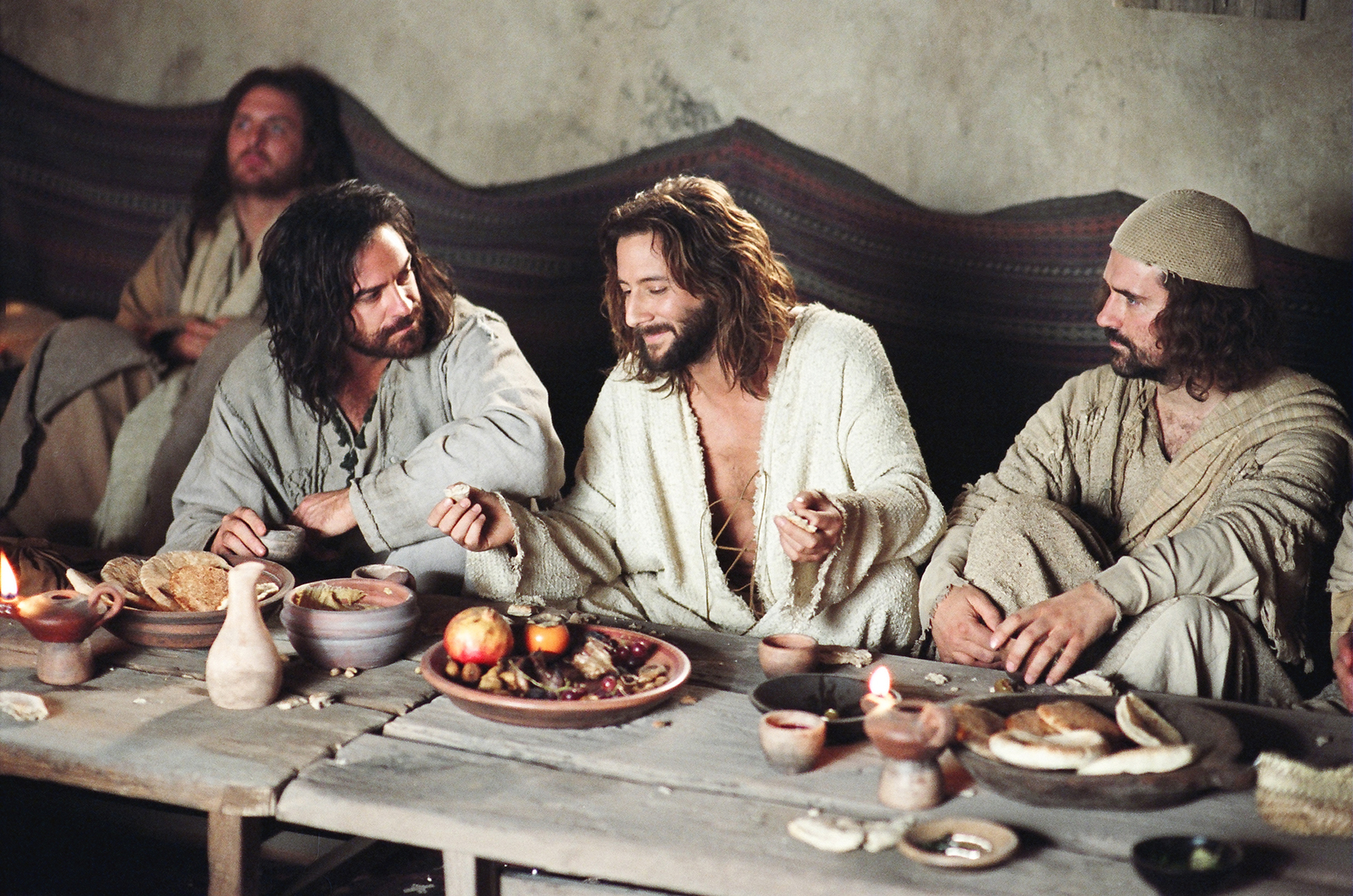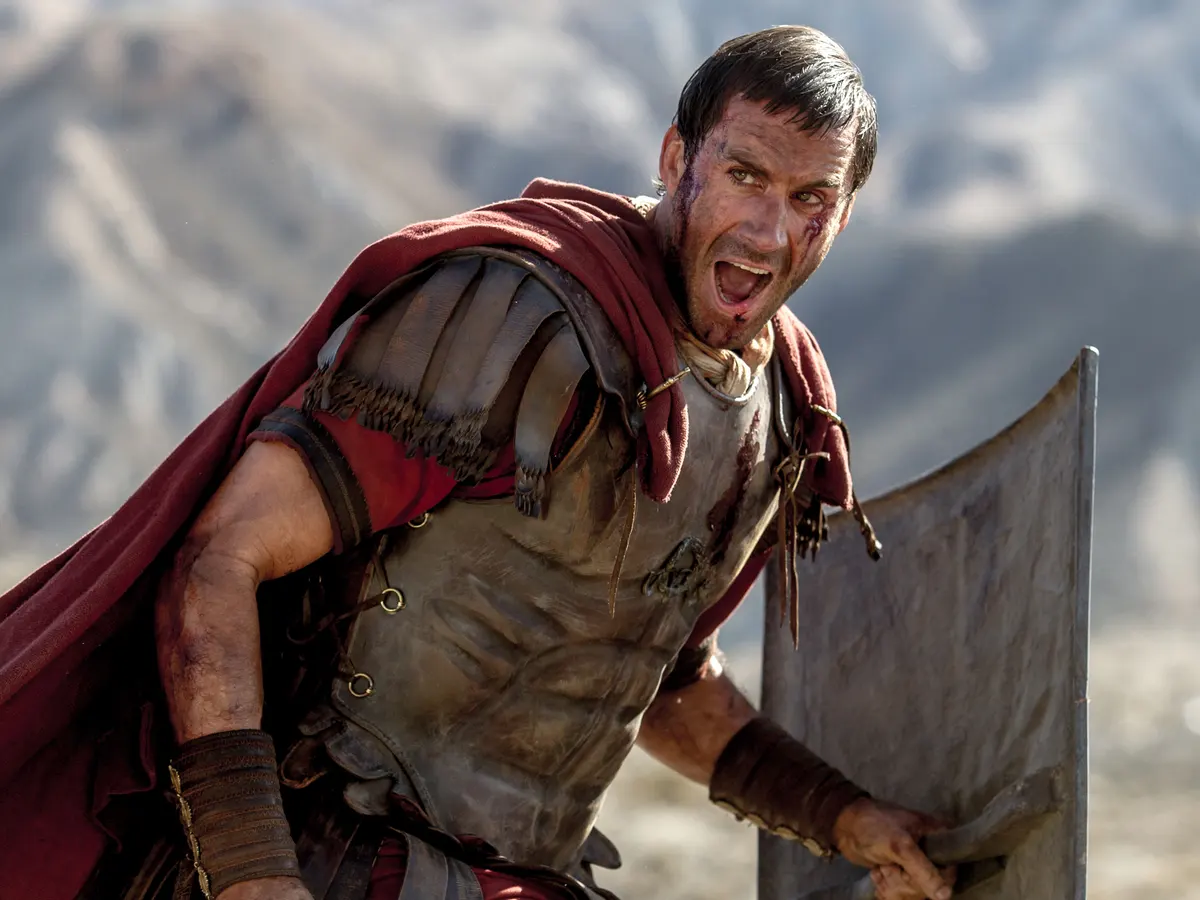Exploring The Best Religious Epics In Hollywood
In the vast landscape of Hollywood filmmaking, certain masterpieces stand out for their profound exploration of religious themes and narratives. These cinematic endeavors, often referred to as religious epics, transcend mere entertainment, delving into the realms of faith, spirituality, and morality. Join us on a cinematic journey as we explore some of the best religious epics in Hollywood.
Author:Maxwell CanvasReviewer:Caden SteelheartJan 28, 202437.8K Shares510.9K Views
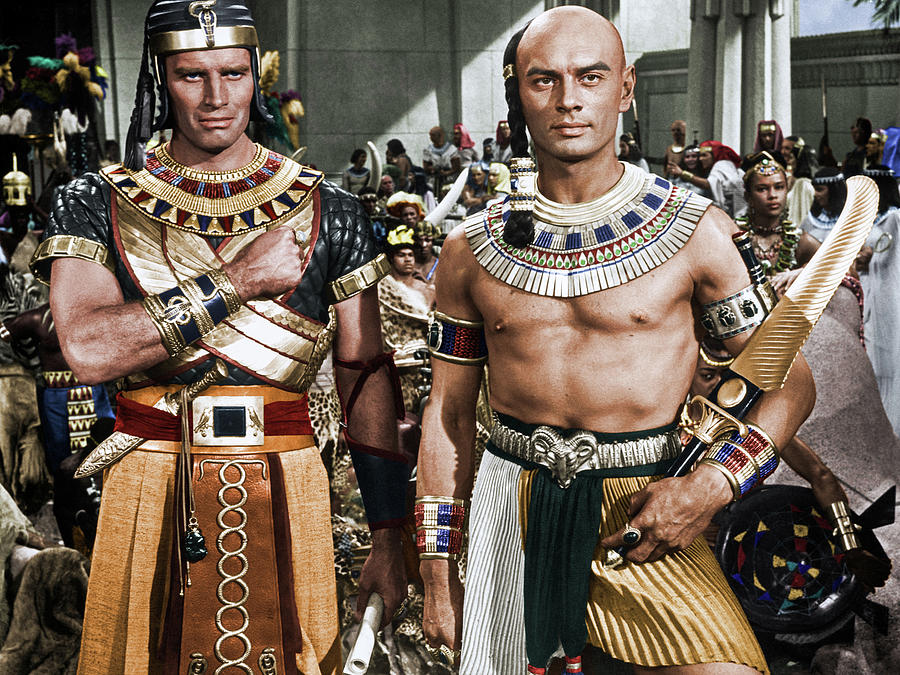
In the vast landscape of Hollywood filmmaking, certain masterpieces stand out for their profound exploration of religious themes and narratives. These cinematic endeavors, often referred to as religious epics, transcend mere entertainment, delving into the realms of faith, spirituality, and morality. Join us on a cinematic journey as we explore some of the best religious epics in Hollywood.
For a deeper exploration of the spiritual and moral dimensions, consider visiting Fellowship Baptist Church's Holy Bible page.
The Ten Commandments (1956) - A Cinematic Spectacle Of Biblical Proportions
Directed by the legendary Cecil B. DeMille, The Ten Commandments stands as an enduring masterpiece that has etched its place in the annals of Hollywood history. Released in 1956, this film remains an iconic representation of biblical narratives, capturing the grandiosity of ancient times while delivering a timeless message.
A Journey Of Epic Proportions
The heart of The Ten Commandments lies in its meticulous depiction of the life of Moses, portrayed with conviction by Charlton Heston. The narrative unfolds with Moses' extraordinary journey, tracing his path from an Egyptian prince to a revered leader. The film masterfully navigates through the pivotal moments of Moses' life, culminating in the awe-inspiring delivery of the Ten Commandments to his people.
Cinematic Grandeur Unleashed
One cannot discuss The Ten Commandments without acknowledging the unparalleled grandeur that DeMille infused into every frame. The director's commitment to authenticity is evident in the opulent set designs, extravagant costumes, and sheer scale of production. The film's visual splendor, coupled with groundbreaking special effects for its time, creates a captivating cinematic experience that has stood the test of time.
Charlton Heston's Commanding Performance
Charlton Heston's portrayal of Mosesis nothing short of legendary. His commanding presence and powerful delivery bring a compelling and human dimension to the character. Heston's ability to convey the internal struggles and triumphs of Moses adds depth to the narrative, making it resonate with audiences on a personal and emotional level.
Enduring Impact On Popular Culture
The Ten Commandments has left an indelible mark on popular culture, becoming a staple of holiday television programming and a source of inspiration for subsequent biblical epics. DeMille's meticulous attention to detail and commitment to storytelling excellence have set a standard for religious narratives in Hollywood that few films have surpassed.
King Of Kings (1961) - A Cinematic Revelation Of Humanity And Faith
In the realm of biblical epics, Nicholas Ray's 1961 masterpiece, King of Kings, stands as a testament to the convergence of talent, narrative brilliance, and a thought-provoking reinterpretation of the Gospels. While the film boasts a noteworthy 80% rating, it's more than just a statistical achievement; it's a cinematic journey that transcends its era, inviting audiences to witness a fresh, humanistic portrayal of an age-old story.
A Stellar Ensemble And Directorial Brilliance
Led by the visionary director Nicholas Ray, known for his iconic work on Rebel Without a Cause, King of Kings assembles a cast of extraordinary talent. Rip Torn's portrayal of Judas and Orson Welles' distinctive narration adds layers of depth to the storytelling. The film becomes not just a narrative about faith but a visual and auditory spectacle, showcasing the prowess of its director and the richness of its cast.
Jeffrey Hunter's Unexpected Triumph
At the film's core is Jeffrey Hunter's portrayal of Jesus—an unexpected casting choice that raised eyebrows due to Hunter's teen-idol background. However, Hunter's performance defied expectations, earning acclaim for its nuanced portrayal. Far from the traditional image of Jesus as an unwavering savior, Hunter brings a human touch to the character, navigating doubts and concerns with a depth that resonates profoundly with audiences.
A Humanistic And Subtle Interpretation
King of Kingsis not just a retelling of a religious narrative; it's a reinterpretation that delves into the human aspects of the characters. David Parkinson of Empire aptly notes, "Jeffrey Hunter is less Savior of the Christian faith and more anti-hero with many very human doubts and concerns." The film offers a surprisingly humanistic perspective, adding layers of complexity to familiar characters and challenging traditional portrayals.
Visual Majesty And Timeless Themes
Beyond its performances, the film is a visual marvel, utilizing widescreen adaptation to capture the grandeur of the biblical setting. The cinematography and set design contribute to the immersive experience, making the story feel both epic and intimate. As the narrative unfolds, it explores timeless themes of doubt, faith, and the internal struggles of its characters, resonating with viewers regardless of their religious background.
Ben-Hur (1959) - A Cinematic Triumph Of Redemption And Spectacle
William Wyler's Ben-Hur, released in 1959, is more than a film; it is a monumental cinematic achievement that weaves together the threads of revenge, redemption, and the profound backdrop of Jesus Christ's life. With Charlton Heston donning the titular role, the film transcends its era, leaving an indelible mark as a testament to Hollywood's unparalleled ability to craft epic narratives.
A Tale Of Revenge And Redemption
At its core, Ben-Hur unfolds as a gripping tale of revenge, following the journey of Judah Ben-Hur, played with commanding prowess by Charlton Heston. The film's narrative takes a transformative turn as it intertwines with the life of Jesus Christ, adding a spiritual layer that elevates the story beyond mere spectacle.
Charlton Heston's Commanding Presence
In the titular role, Charlton Heston delivers a performance that resonates with strength and vulnerability. His portrayal of Judah Ben-Hur is a nuanced exploration of a man driven by vengeance, later transformed by compassion and forgiveness. Heston's magnetic presence on screen anchors the film, allowing audiences to empathize with the character's internal struggles and ultimate redemption.
The Transformative Power Of Compassion
Ben-Hur is a testament to the redemptive power of compassion and forgiveness. As the narrative unfolds, the audience witnesses Judah Ben-Hur's profound transformation from a man consumed by hatred to one capable of forgiveness. The film beautifully illustrates the human capacity for change and the healing influence of mercy, resonating with universal themes that transcend time.
Breathtaking Chariot Race And Cinematic Spectacle
One of the film's most iconic sequences is the breathtaking chariot race, a spectacle that remains etched in cinematic history. William Wyler's meticulous direction and innovative filmmaking techniques contribute to the intensity and realism of this unforgettable scene. Beyond the spectacle, the film's cinematography and set design capture the grandeur of ancient Rome, creating a visual experience that stands as a benchmark for epic filmmaking.
Poignant Religious Undertones
Ben-Hur skillfully incorporates religious undertones, especially through its portrayal of Jesus Christ. The film neither sensationalizes nor diminishes the sacred narrative; instead, it weaves Christ's teachings seamlessly into the storyline, adding a layer of spiritual depth that enriches the overall cinematic experience.
The Gospel Of John (2003) - A Faithful Cinematic Journey Through The Gospel
The Gospel of John, released in 2003 and directed by Philip Saville, stands as a unique cinematic endeavor that takes on the ambitious task of faithfully recounting the life of Jesus Christ according to the apostle John. With a notable IMDb rating of 7.7, this epic film sets itself apart by adhering unwaveringly to the Gospel of John, utilizing every word from the Good News Bible as translated by the American Bible Society.
A Devout Retelling Of The Gospel
This cinematic venture takes on a distinctive approach by eschewing creative liberties and refraining from modifying or deleting any verses from the Gospel of John. The result is a faithful retelling that allows the biblical text to unfold on the screen with precision and reverence. This commitment to authenticity presents both a commendable and challenging aspect of the film's adaptation of the sacred narrative.
Every Word, Unaltered
The Gospel of John distinguishes itself by employing every word of the Good News Bible's translation without alteration. This meticulous adherence to the text sets the film apart in an era where biblical adaptations often take creative liberties for narrative or thematic purposes. The decision to let the Gospel speak for itself presents a unique viewing experience, allowing audiences to engage directly with the sacred verses.
Intelligence Vs. Ineffectiveness
The film's commitment to faithfully representing the Gospel of John prompts a critical examination of its approach. On one hand, the film's dedication to preserving the integrity of the biblical text showcases an intelligent and reverent approach to storytelling. The audience is presented with an opportunity to experience the Gospel in a cinematic format without editorial interference.
On the other hand, this unwavering commitment to the text may be perceived by some as potentially ineffective in the realm of cinematic storytelling. The challenge lies in balancing the reverence for the source material with the need to create a visually compelling and emotionally resonant narrative that engages a diverse audience.
Risen (2016) - Unveiling A Detective's Journey To The Divine
In the realm of biblical epics, Risen, directed by Kevin Reynolds in 2016, stands out as a distinctive exploration of the resurrection of Jesus Christ. Breaking away from conventional narratives, this film takes audiences on a captivating journey through a Roman tribune's quest to unravel the mystery of Jesus' missing body. Through a detective-style narrative, Risen delves into themes of skepticism, faith, and the transformative power that emerges when encountering the divine.
A Detective's Pursuit Of Truth
Unlike traditional biblical epics, Risen introduces a unique and compelling premise — the investigation into the disappearance of Jesus' body. The story unfolds through the eyes of a Roman tribune, providing a fresh perspective on the events following the crucifixion. This detective-style approach adds an intriguing layer to the narrative, transforming it into a quest for truth and understanding.
Exploring Themes Of Skepticism And Faith
As the tribune delves into the mystery, the film skillfully navigates the juxtaposition of skepticism and faith. The Roman tribune, initially driven by doubt and a commitment to uncover the truth, finds himself grappling with the inexplicable. Risen offers a nuanced exploration of how skepticism and faith can coexist, creating a narrative space for questioning and ultimately embracing the miraculous.
The Transformative Power Of Encounter
At the heart of Risen lies the exploration of the transformative power that comes with encountering the divine. The tribune's journey becomes a catalyst for personal and spiritual transformation, challenging preconceptions and inviting a deeper reflection on the nature of belief. The film highlights that encountering the divine has the potential to reshape not only individual perspectives but also the course of historical events.
Kevin Reynolds' Directorial Flair
Under Kevin Reynolds' direction, Risen unfolds with a visual and narrative flair that captivates audiences. The film's cinematography, set design, and attention to historical detail contribute to the immersive experience, transporting viewers to the ancient world. Reynolds' directorial choices not only bring the detective-style narrative to life but also infuse the film with a sense of mystery and awe.
Religious Epics In Hollywood - FAQs
Has The Bible Been Turned Into A Movie?
The Bible has been adapted into numerous movies over the years. Filmmakers have explored various biblical stories and characters, creating cinematic interpretations of both the Old and New Testaments. Some notable examples include "The Ten Commandments" (1956), "The Passion of the Christ" (2004), "Noah" (2014), and "Exodus: Gods and Kings" (2014), among others.
How Is Religion Portrayed In Films?
Religion is portrayed in films in diverse ways, reflecting the complexity of belief systems and their impact on individuals and societies. Some films approach religion with reverence, aiming to faithfully depict religious narratives and themes. Others may explore religious institutions critically, addressing issues such as corruption or hypocrisy. Additionally, films often delve into the personal, moral, and existential dilemmas faced by characters grappling with their faith or lack thereof.
Why Were Religious Stories Popular Subjects For Film In The 1950s?
The 1950s saw a surge in the popularity of religious stories in film for several reasons. Firstly, there was a cultural and societal emphasis on traditional values during this period, and religious narratives often aligned with these values. Additionally, the post-war era brought about a renewed interest in spirituality and moral guidance. Filmmakers found that religious stories offered compelling narratives, often centered around morality, redemption, and the human condition, making them appealing to a broad audience. The success of films like "The Ten Commandments" (1956) and "Ben-Hur" (1959) further fueled the trend.
Conclusion
Hollywood's exploration of religious epics has left an indelible mark on the film industry and audiences alike. From the grandeur of The Ten Commandments to the emotional depth of Ben Hur each film adds a unique thread to the rich tapestry of cinematic storytelling.
As audiences continue to seek narratives that resonate on a spiritual level, Hollywood's tradition of crafting religious epics is poised to endure. These films not only entertain but also inspire contemplation, fostering a deeper connection between cinema and the timeless narratives that have shaped cultures for centuries.
Jump to
The Ten Commandments (1956) - A Cinematic Spectacle Of Biblical Proportions
King Of Kings (1961) - A Cinematic Revelation Of Humanity And Faith
Ben-Hur (1959) - A Cinematic Triumph Of Redemption And Spectacle
The Gospel Of John (2003) - A Faithful Cinematic Journey Through The Gospel
Risen (2016) - Unveiling A Detective's Journey To The Divine
Religious Epics In Hollywood - FAQs
Conclusion

Maxwell Canvas
Author
Maxwell Canvas, a charismatic and fearless crypto evangelist, defies conventions and blazes a trail in the realm of digital currencies. With his unique physique serving as a symbol of resilience, he challenges societal norms and proves that true expertise transcends appearances. Against a backdrop of a blurred and ever-shifting market, Maxwell's work becomes a masterpiece, painting a vivid picture of knowledge and inspiration.
With unwavering passion, Maxwell empowers others to embrace the transformative potential of blockchain technology. His captivating presence and unyielding dedication captivate audiences, turning skepticism into curiosity and igniting a spark of interest in the world of cryptocurrencies. Maxwell Canvas stands as a visionary force, leaving an indelible mark on the crypto landscape, inspiring others to explore decentralized possibilities and embrace a future of innovation and financial empowerment.

Caden Steelheart
Reviewer
Caden Steelheart, an enigmatic author, weaves tales that immerse readers in the depths of sin city's underbelly. With his words as a weapon, he crafts literary masterpieces that reflect the dark and dangerous spirit of the city. Caden's writing captures the gritty essence of sin city, delving into the intricacies of its characters and the moral complexities that define their existence.
Born amidst the shadows, Caden draws inspiration from the relentless chaos and unforgiving nature of the city. His words carry the weight of experience, creating a vivid and haunting portrayal of sin city's undercurrents. Through his stories, he explores the blurred lines between right and wrong, exploring themes of power, deception, and redemption.
Caden Steelheart's literary prowess has made him a name whispered in literary circles, captivating readers with his ability to immerse them in sin city's intricately woven tapestry. With each written word, he invites readers to journey into the darker realms of the human experience, offering them a glimpse into the secrets and sins that shape the city's inhabitants. Caden Steelheart, a master of capturing the essence of sin city through his writing, continues to captivate audiences with his haunting and evocative narratives.
Latest Articles
Popular Articles
